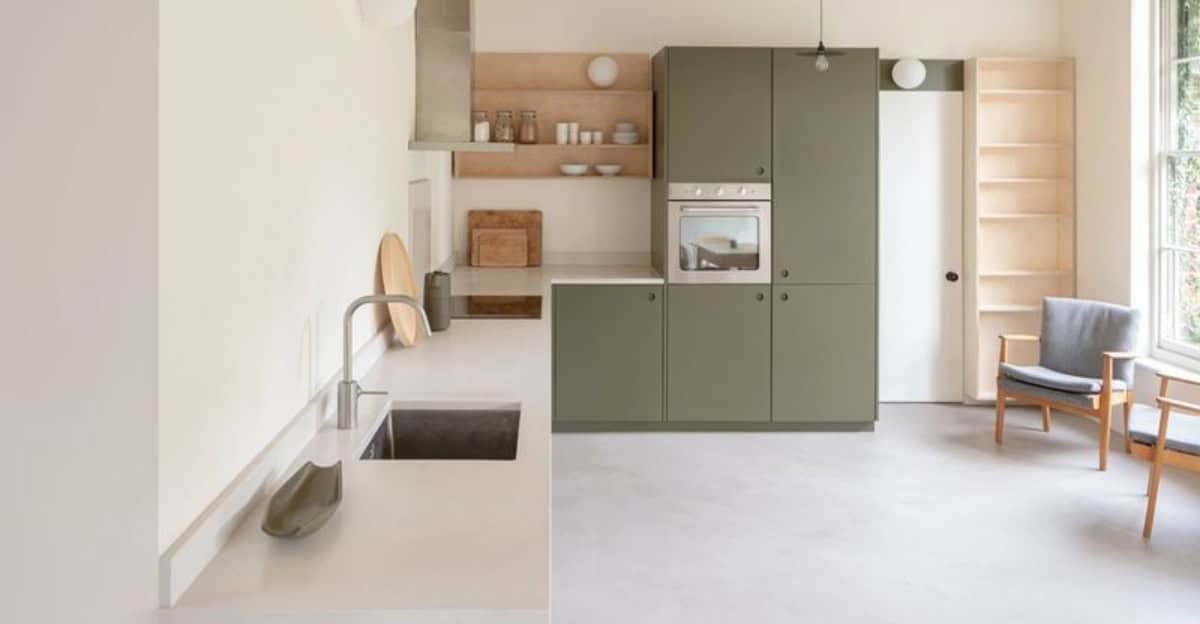Embracing a minimalist lifestyle at home doesn’t mean living with nothing. Instead, it emphasizes intentional living and valuing experiences over possessions.
With this approach, you can create a peaceful and inviting space that reflects your personality while minimizing clutter. These seven steps will guide you through the process of becoming a home minimalist without feeling overwhelmed.
Let’s explore the transformative power of minimalist living and how it can enhance your everyday life. Each step is designed to be actionable, ensuring you can seamlessly integrate minimalism into your home.
1. Step 1: Declutter Your Space
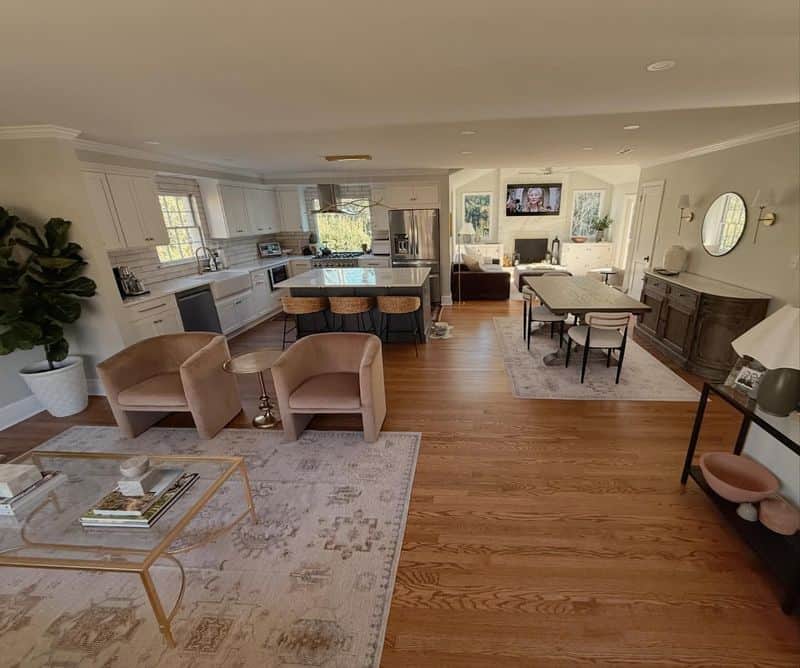
The first step to minimalism is decluttering your space. Begin by sorting your belongings into three categories: keep, donate, and discard. This process can be emotional, but it’s crucial for freeing up physical and mental space.
Start with one room or even a corner to avoid feeling overwhelmed. Handle each item and ask yourself if it sparks joy or serves a purpose.
By gradually reducing clutter, you’ll notice a sense of relief and clarity. This step sets the foundation for a minimalist home, helping you focus on what truly matters.
2. Step 2: Simplify Your Furniture
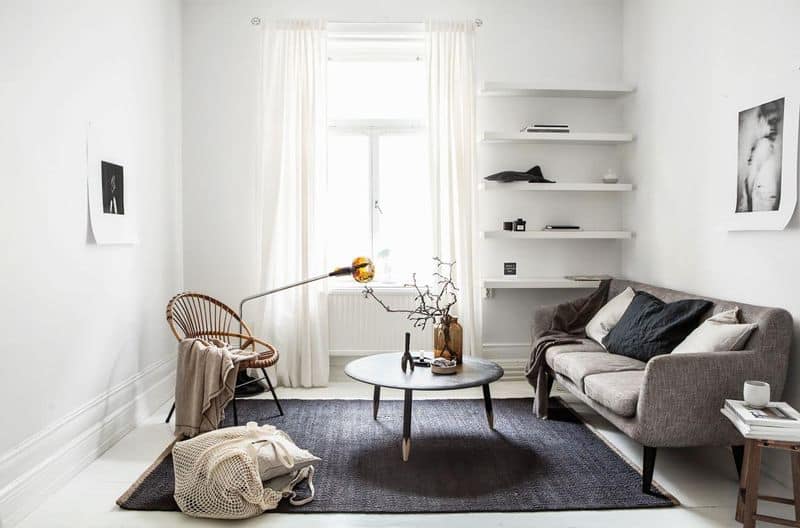
Simplifying your furniture can dramatically change the feel of your home. Opt for pieces that are functional and timeless, reducing the need for excess decor. Consider multi-purpose furniture that offers storage and utility without taking up too much space.
Choose quality over quantity and ensure each piece complements your lifestyle. A minimalist approach to furniture helps create an open and airy environment.
Rearranging furniture to open pathways and allow natural light can enhance openness. This step allows you to fully appreciate each piece, contributing to a serene and pleasant atmosphere.
3. Step 3: Embrace Neutral Colors
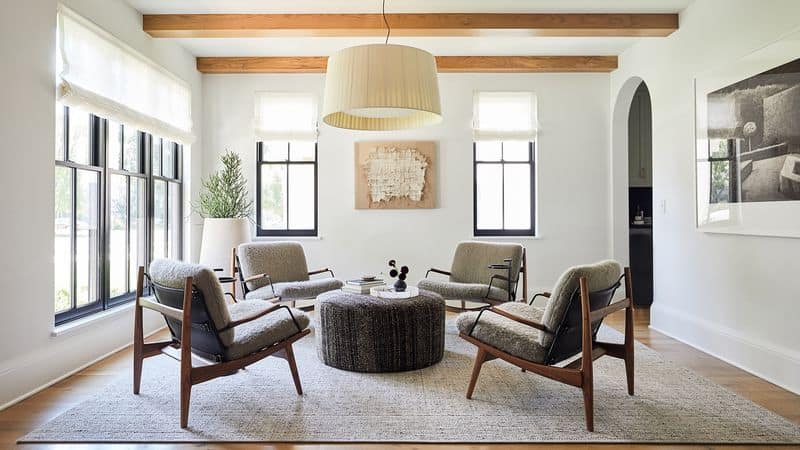
Neutral colors are a hallmark of minimalist design. They promote a calm and cohesive environment, making spaces appear larger and more inviting. Focus on muted tones like whites, grays, and beiges to establish a serene backdrop.
These shades beautifully complement any decor and can be easily updated with minimal effort. They also allow for the occasional pop of color through artwork or plants.
Implementing neutral colors can make transitions between rooms smoother and more harmonious, providing a consistent aesthetic throughout your home.
4. Step 4: Organize Efficiently

Efficient organization is key to maintaining a minimalist home. Invest in storage solutions that fit your space and needs. Use labeled bins and containers to keep similar items together, making them easy to locate.
Arrange items by frequency of use, keeping everyday essentials within reach. This not only saves time but also reduces visual clutter.
Regularly revisit your organization system to ensure it adapts to any changes in lifestyle or household needs. A well-organized space fosters a sense of calm and control, enhancing your minimalist journey.
5. Step 5: Limit Digital Clutter

Minimalism extends beyond physical belongings to include digital spaces. Begin by cleaning up your computer, phone, and other devices. Delete unnecessary files, apps, and emails that contribute to digital noise.
Create a digital filing system with organized folders for documents and photos. Set aside regular time for digital decluttering to avoid accumulation.
Limiting digital clutter helps reduce stress and enhances focus. Maintaining an organized digital space complements the calm and simplicity of your physical environment.
6. Step 6: Adopt Mindful Consumption
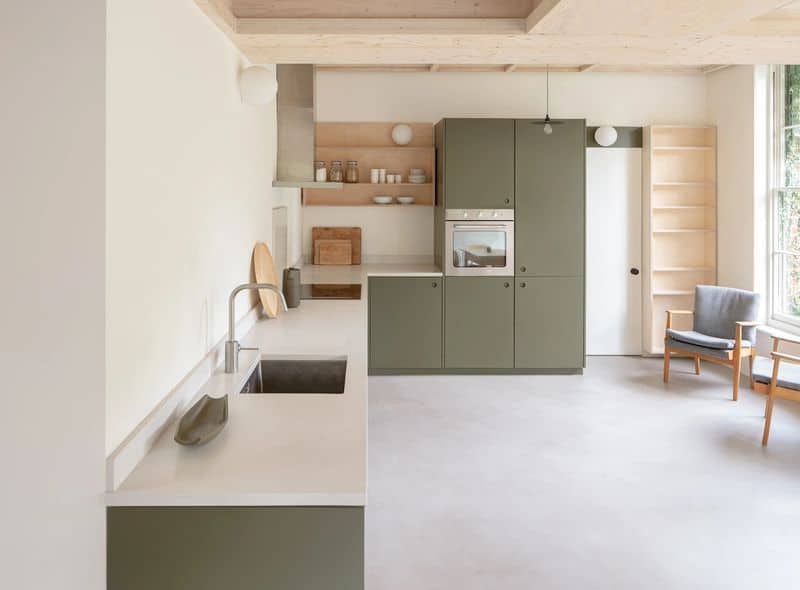
Mindful consumption is a cornerstone of minimalism. Before making purchases, assess whether items align with your values and truly enhance your life. Prioritize quality over quantity and seek sustainable options.
This practice not only reduces waste but also encourages intentional living. By focusing on needs rather than wants, you can prevent clutter from reaccumulating.
Mindful shopping habits lead to financial savings and a more purposeful lifestyle. Your home remains clutter-free, and each item holds personal significance.
7. Step 7: Personalize with Intention
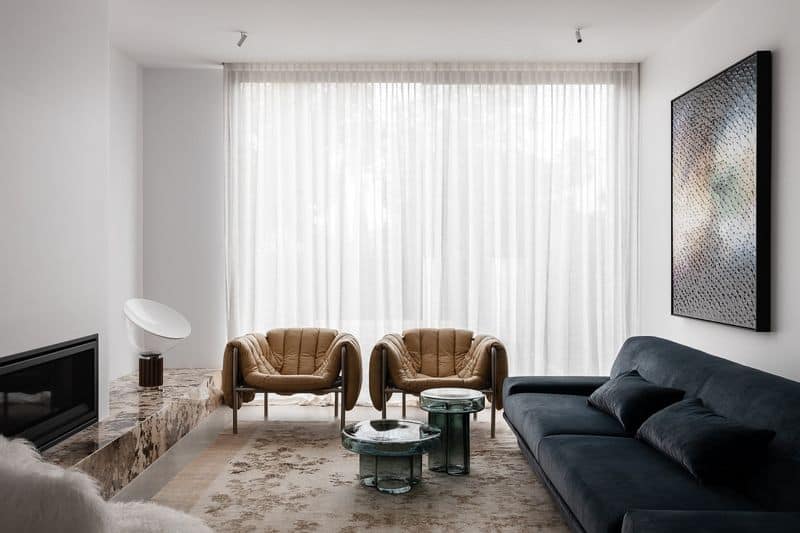
Personalization is key in a minimalist home. Incorporate meaningful decor that reflects your personality and experiences. Choose items that tell a story or hold sentimental value.
Limit decorative pieces to a few cherished items, avoiding overcrowding. This ensures each piece stands out and holds significance.
Intentional personalization adds warmth and character to minimalist spaces. It transforms your home into a sanctuary that resonates with your identity, making it uniquely yours.

